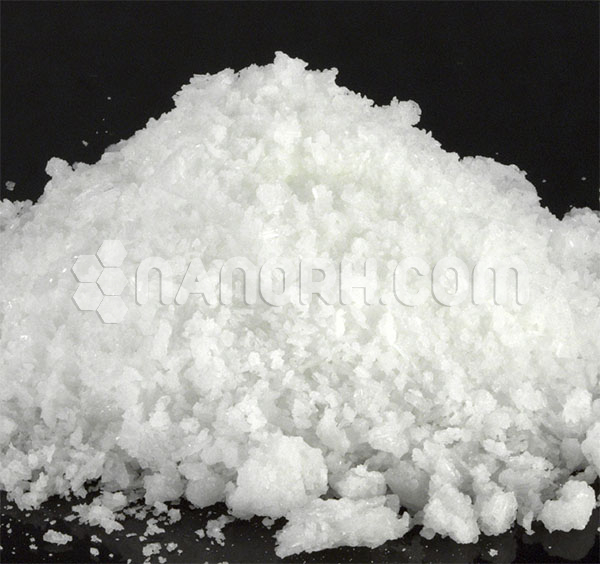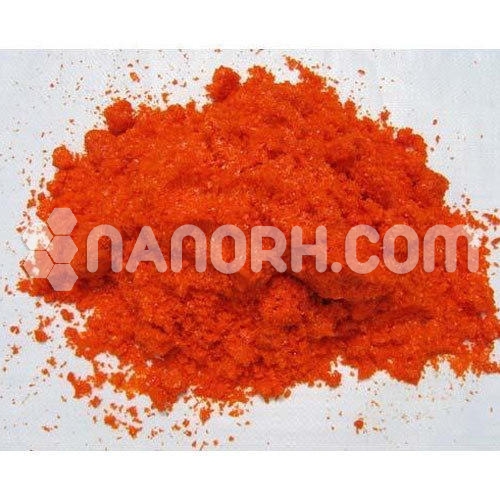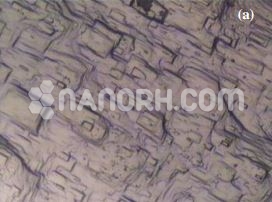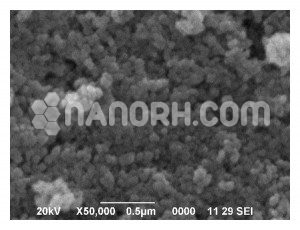| Gadolinium Nitrate Hexahydrate | |
| Product No | NRE-30045 |
| CAS | 19598-90-4 |
| Purity | 99.99% |
| Formula | Gd(NO3)3.6H2O |
| Physical Form | Crystalline Powder |
| Molecular Weight | 451.36 g/mol |
| Density | NA |
| Color | White |
| Melting Point | NA |
| Boiling Point | NA |
Gadolinium Nitrate Hexahydrate
Gadolinium nitrate hexahydrate (Gd(NO3)3·6H2O) is a compound containing gadolinium, a rare earth element. This particular compound is known for its use in various applications, particularly in the fields of chemistry, medicine, and materials science. Here are some notable applications of gadolinium nitrate hexahydrate:
MRI Contrast Agents:
Gadolinium compounds are frequently used as contrast agents in magnetic resonance imaging (MRI). The paramagnetic properties of gadolinium enhance the visibility of certain tissues and blood vessels in medical imaging, aiding in the diagnosis of diseases and abnormalities.
Nuclear Reactor Control:
Gadolinium is used in nuclear reactors as a neutron absorber. Gd(NO3)3·6H2O, or other gadolinium compounds, can be employed in control rods to regulate the rate of nuclear fission reactions and maintain the stability of nuclear reactors.
Catalysis:
Gadolinium compounds, including Gd(NO3)3·6H2O, have been studied for their catalytic properties. They may be used in various chemical reactions to facilitate or accelerate the conversion of reactants into products.
Materials Science:
Gadolinium compounds can be used in the development of certain materials with unique magnetic or optical properties. These materials find applications in electronics, information storage, and other advanced technologies.
Chemical Research:
Gadolinium nitrate hexahydrate is utilized in chemical research as a source of gadolinium ions. Researchers may use these ions to investigate the properties and behaviors of gadolinium in different chemical environments.
Fluorescent Labels:
Gadolinium-based compounds, including some derivatives of gadolinium nitrate, have been explored for their potential use as fluorescent labels in biological and medical imaging.




